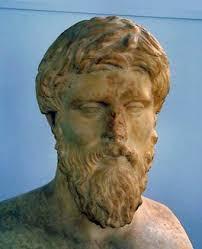“A significantly greater number of students fail science, engineering and math courses that are taught lecture-style than fail in classes incorporating so-called active learning that expects them to participate in discussions and problem-solving beyond what they’ve memorized.”

“The mind is not a vessel to be filled,
but a fire to be kindled.”
— Plutarch
We came across, finally, a new approach to teach mathematics, science, and engineering by creating a culture of learning around inquiry, curiosity, and openness to failure. The principles behind the approach:
Effective math and science learning…

- Excites. The greatest challenges to education are disinterest and apathy.
- Cultivates curiosity. Questions and storytelling that cultivate natural curiosity are better than the threat of a test.
- Is active. Effective learning is active, not passive. Watching a video is not enough.
- Is applicable. Use it or lose it: it is essential to apply what you’re learning as you learn it.
- Is community-driven. A community that challenges and inspires you is invaluable.
- Doesn’t discriminate. Your age, country, and gender don’t determine what you are capable of learning.
- Allows for failure. The best learners allow themselves to make many mistakes along their journey.
- Sparks questions. The culmination of a great education isn’t knowing all the answers — it’s knowing what to ask.
And now?

Learn to think: give the app Brilliant a try. Brilliant built quantitative skills in math, science, and computer science with fun and challenging interactive explorations. The courses show that math, science, and computer science are – at their core – a way of thinking. not memorizing, or trying harder. Or even worse, a matter of inferior intelligence quotient.
